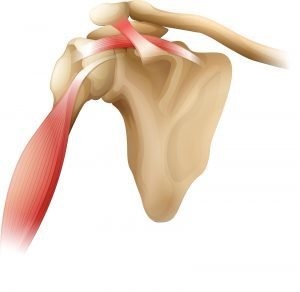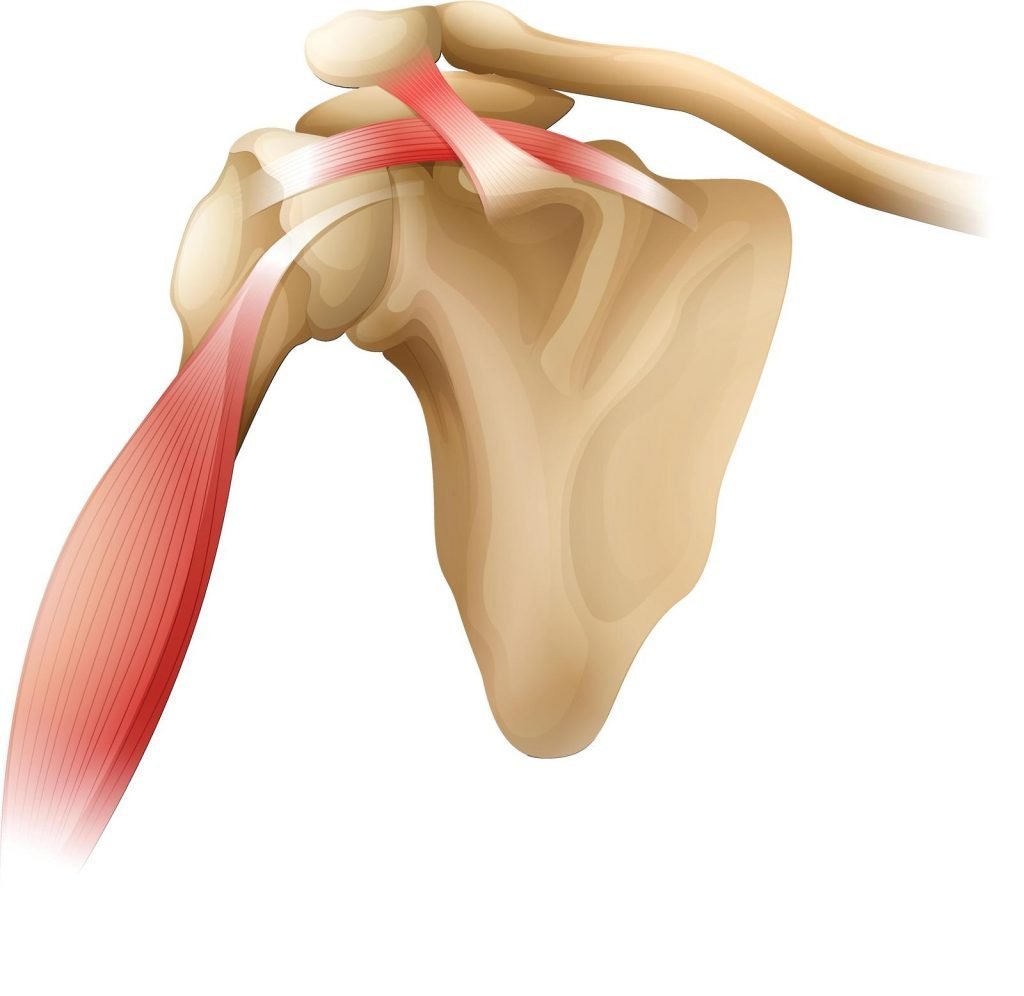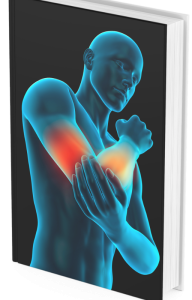
Rotator Cuff Tendinopathy: How to Manage Pain and Improve Mobility
Do you suffer from rotator cuff tendinopathy? If so, you know how debilitating it can be. Pain and limited mobility can have a significant impact on your quality of life. However, there are ways to manage the pain and improve mobility. In this article, we’ll explore the causes of rotator cuff tendinopathy, discuss treatments and provide advice on how you can best manage your condition. We’ll examine the different types of rotator cuff tendinopathy and their various symptoms, as well as the different treatments and therapies available. We’ll also discuss how to improve mobility, reduce pain, and increase strength and flexibility in the shoulder area. Read on to learn more about rotator cuff tendinopathy, and how to manage pain and improve mobility.
Understanding Rotator Cuff Tendinopathy
Rotator cuff tendinopathy is a common condition that affects the tendons of the shoulder, causing pain and discomfort. It is usually caused by overuse of the shoulder joint and is seen most often in athletes and people over the age of 40. Symptoms of rotator cuff tendinopathy include pain and difficulty with activities that require movement of the shoulder, such as lifting or reaching overhead. Other common symptoms are a weakness of the shoulder and a clicking sound when the arm is moved.
In order to diagnose and treat rotator cuff tendinopathy, it is important to understand the different types of tendinopathy. The most common type is known as tendinosis, which is an overuse injury that results in degeneration of the tendon. The next type is tendinitis, this is when the tendon sheath becomes inflammed which is more inflammatory and usually caused by an acute injury. Finally, there is calcific tendinitis, which I have added but is really a pathology where calcium deposits form on the tendon and increase inflammation. Depending on the type of tendinopathy, treatments may involve physical therapy such as Osteopathy, and if very inflammed Acupuncture anti-inflammatory medications, steroid injections, or in severe cases surgery.
Symptoms of Rotator Cuff Tendinopathy
When a person comes to see me complaining that they can’t raise their arm without pain this is the immediate signal for a rotator cuff injury.
If your arm just hangs by your side with you unable to lift it that suggest a complete tear of the tendon , which necessitates quick referral for surgery to reattach.
Most thankfully arent that bad and most people complaining of sharp pain lifting something of the shelf, or tightness and pain lifting their arm above their head.
The other very common symptom is night pain, unable to sleep. This is often due to the fact that a water pocket called a bursa inflames. This is called subacromial bursitis which often accompanies this. The subacromium referring to the anatomical area where it is found.
The main difference (see last weeks blog) to frozen shoulder is that with frozen shoulder XR and Scans are normal. In a Rotator Cuff injury you will see on a scan small tears pockets of oedema or swelling, and in some cases a bony outgrowth called an Osteophyte which is responsible for irritating and swelling the tendon causing what is referred to as impingement.
Treatments
Physical treatment such as Osteopathy are very good at stretching collagen the stuff of which tendons are made. What happens is that in a tendinopathy one of the tendons commonly called Supraspinatus degenerates and is the start of the unravelling process. Osteopathic treatment can quickly help improve movement so that you can use your shoulder again. Its one draw back is not doing too much which can aggravate the symptoms temporarily and there is sometimes a fine line in helping someone to aggravating them of which I know only too well!
2. Acupuncture
Acupuncture is very helpful as with this no physical treatment needs to be done which takes away any danger of doing too much. What Acupuncture does it help tone down the inflammation and helps reduce pain and has an overall relaxing property.
3. Steroidal Injections
if none of the above helps steroid injections can be used which tone down the inflammation that the subacromial bursitis produces. Although short term relief is often obtained this is better than contionous pain when the sufferer cannot sleep. Whils the inflammation is toned down a person may be able to exercise and thereby improve the area.
5. Surgery
A last resort is surgery, but this is necessary if there is that bony outcrop called an osteophyte as this needs to be removed or else it remains as a constant irritant to the tendon that courses close by. Surgery is also sometimes used in the condition of Calcific Tendinits where the calcium deposits are scraped away from the tendon
Exercises for Rotator Cuff Injuries
General Mobility
This is good for any general shoulder restriction eg frozen shoulder
Stretch Shoulder Joint
Good For a restricted shoulder
Walking Hand up Wall
Use this is very difficult to move arm/shoulder
Flag Waving
A good rehabilitation exercise to help improve movement
Internal and External rotation of shoulder
Above shows a whole group of exercises which may be of benefit and of course depending on how far advanced your rotator cuff injury is. Exercise should only be embarked on after being advised or else you may well end up with a more painful shoulder than your originally had!




